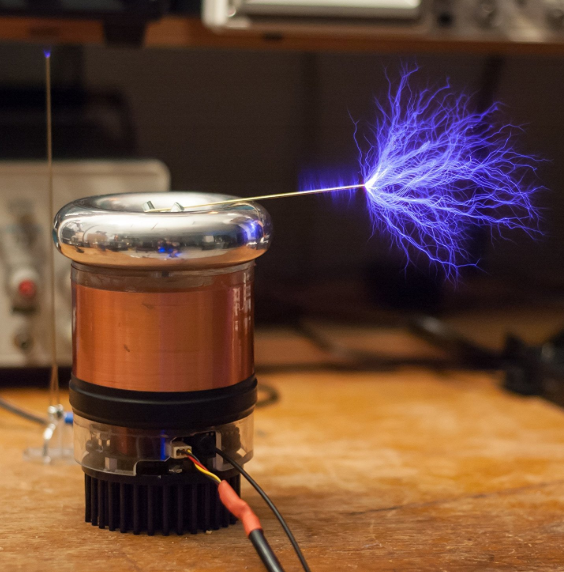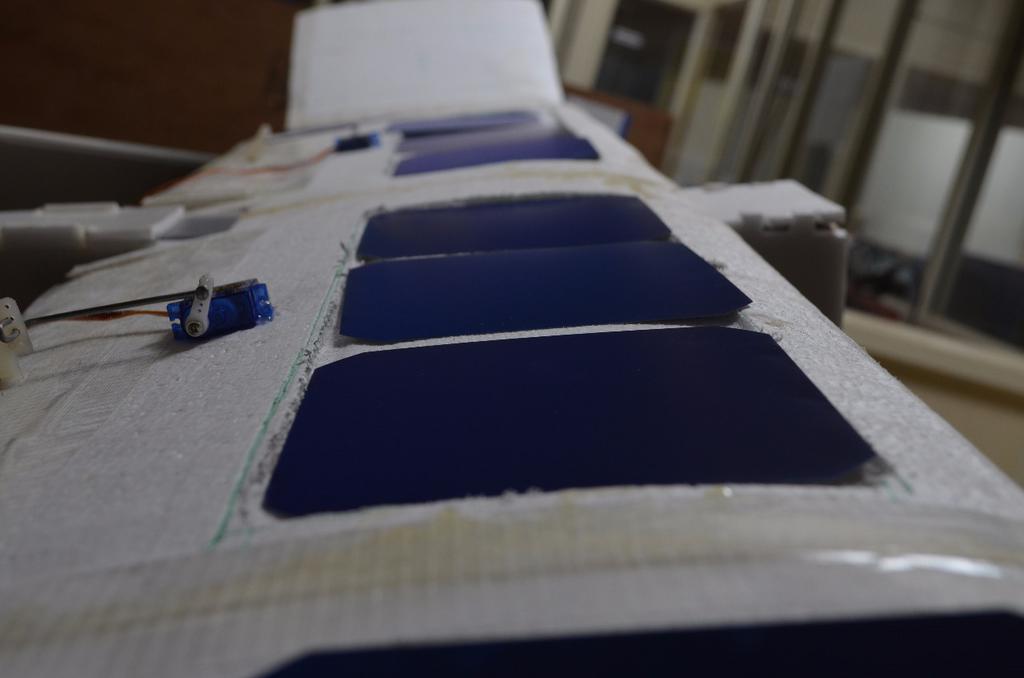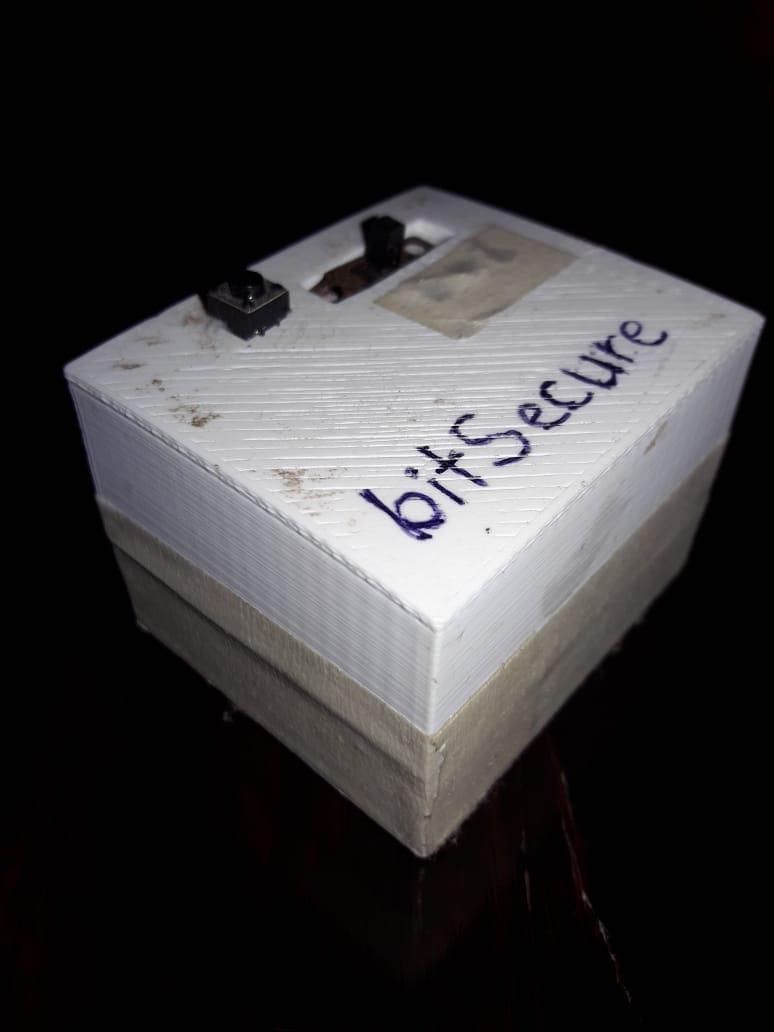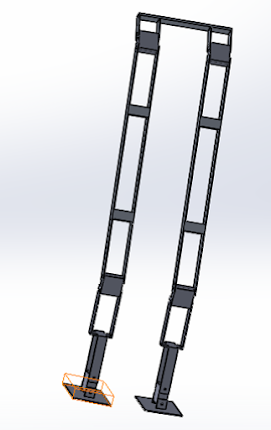
Biped
Biped Robots are robotic modules with high stability and degrees of freedom, being developed for the purpose of traversing places where neither humans nor bots with wheels can go.
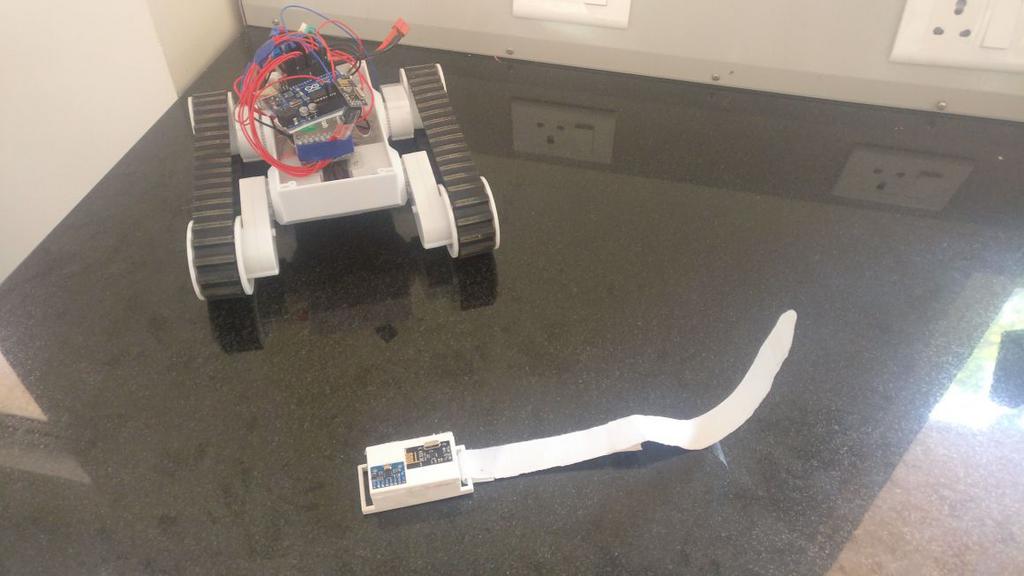
Re - Glove
Re-Glove is a wearable device being developed in the Sandbox to communicate with computers, devices, robots and artificial environments.
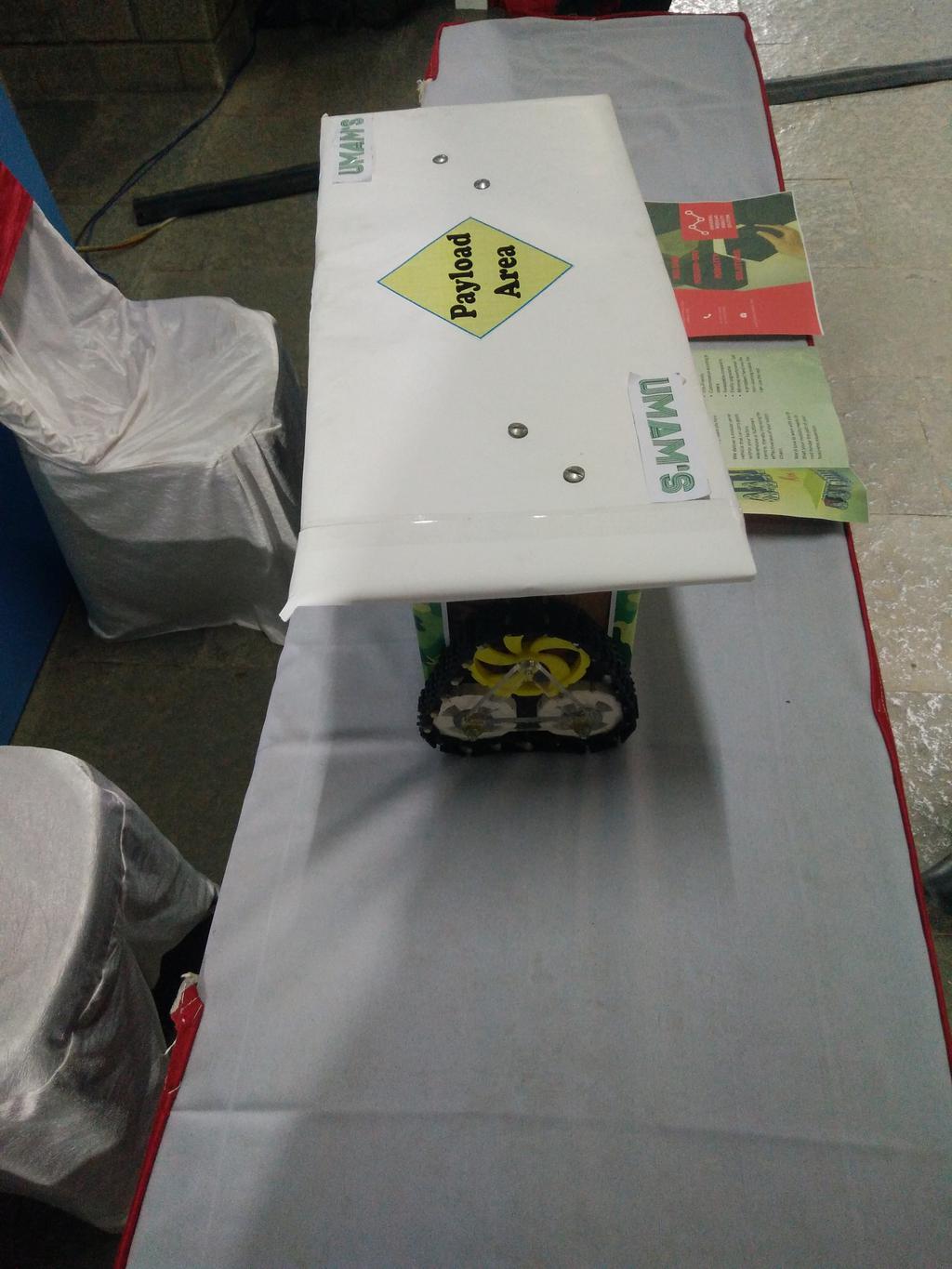
TRAMS
Environmental friendly goals for mobility solutions can be achieved through several ways - modularity, electric drive-train, reducing development time and downtime.
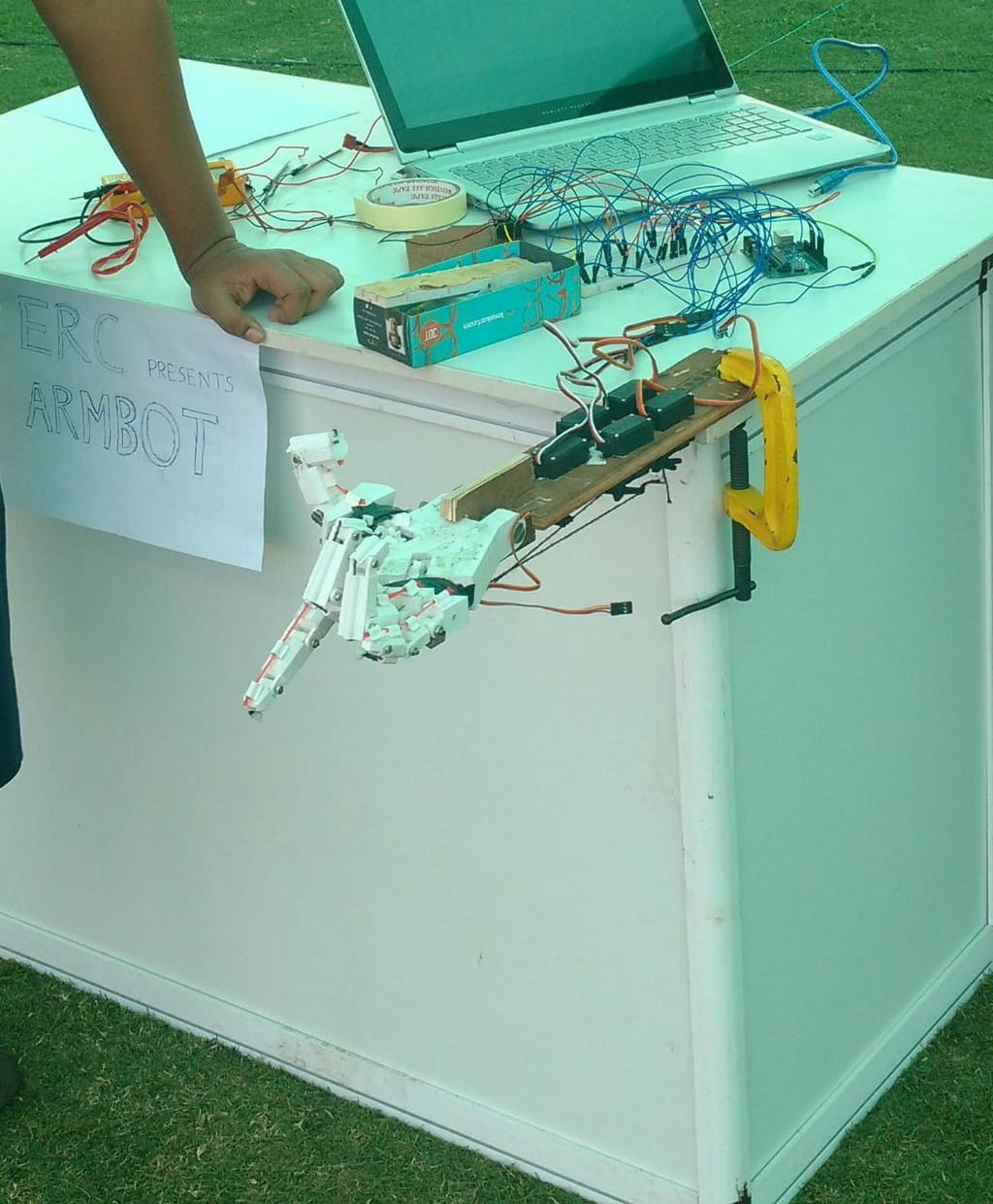
Human Arm Robot
A Human Arm Robot, as the name suggests, is a robotic module which is structured and shaped like a human arm, equipped with all the fingers, forearms and upper arms and has functional capabilities almos at par with human hands.
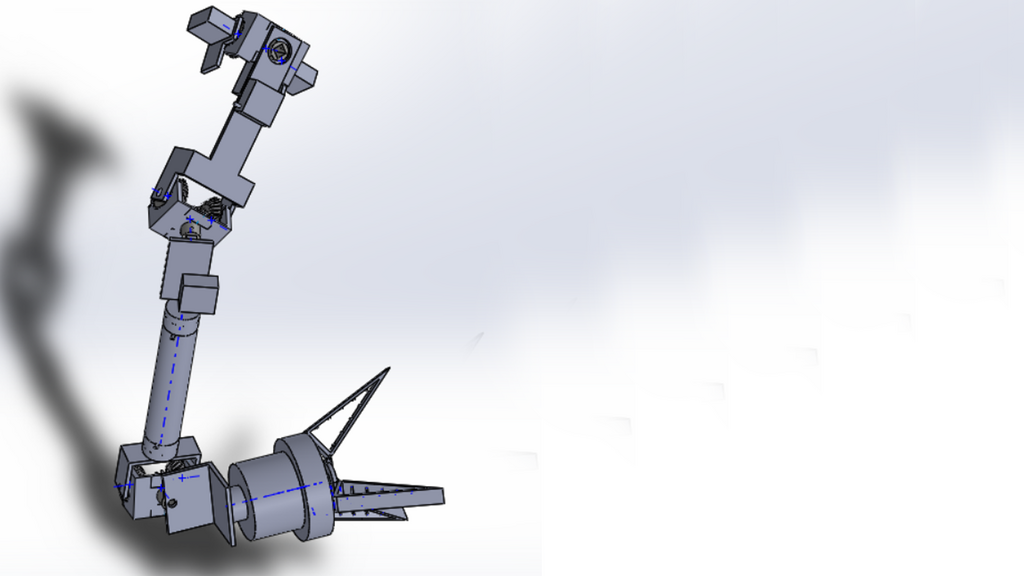
Imitato
BIT Secure is a matchbox-sized handy gadget, which assures the safety and security of personal belongings such as luggage, purses containing valuables and more.
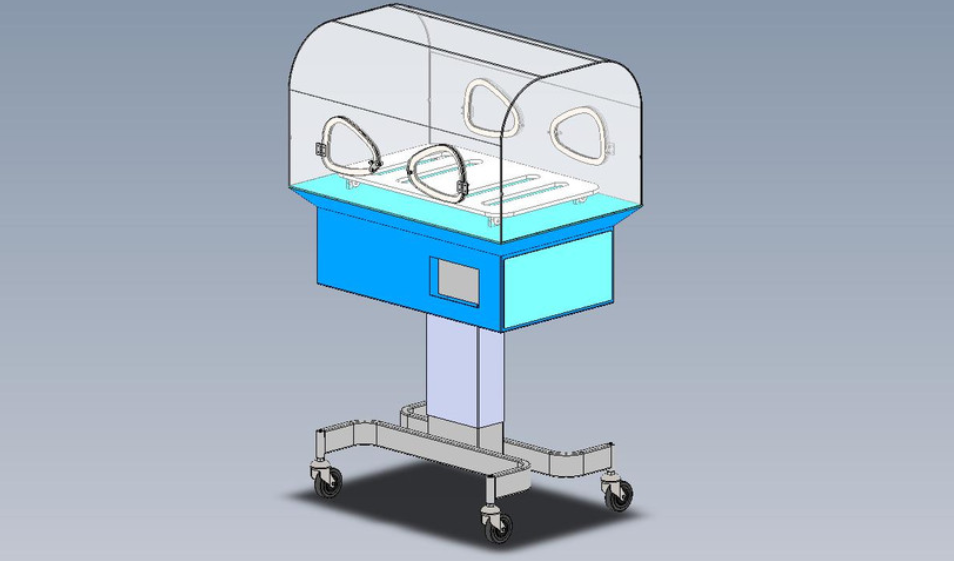
Incubator
Incubator is a part of Neonatal Intensive Care Unit (NICU) which specializes in the care of an ill or pre-maturely born baby.

Swarm Robots
The aim of the project is to create a sensor network which will assist in gathering data over large areas.
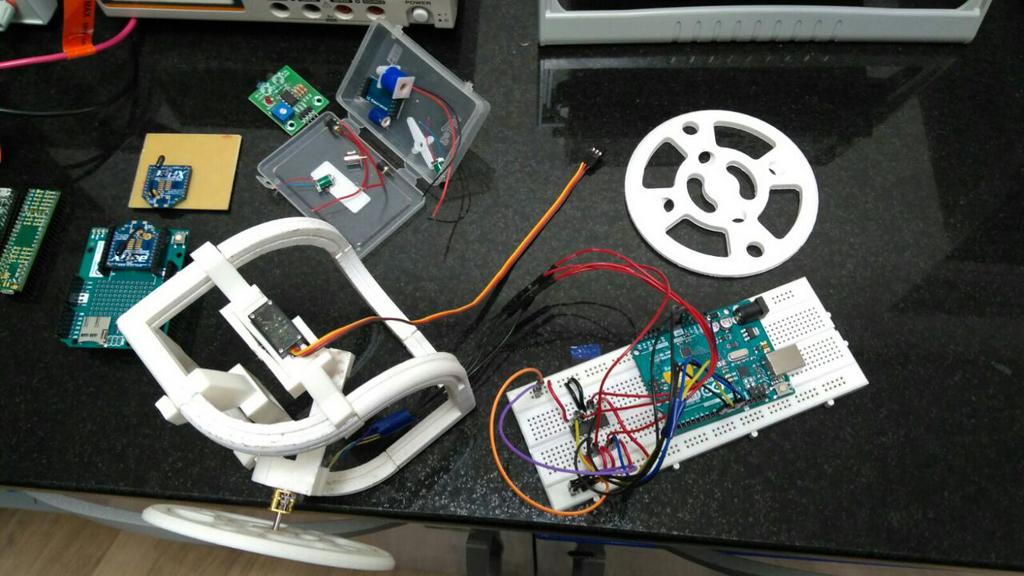
Modular Robots
The project aims to build reconfigurable robots made up of small modules which may have common or distinct functionality based on the application.
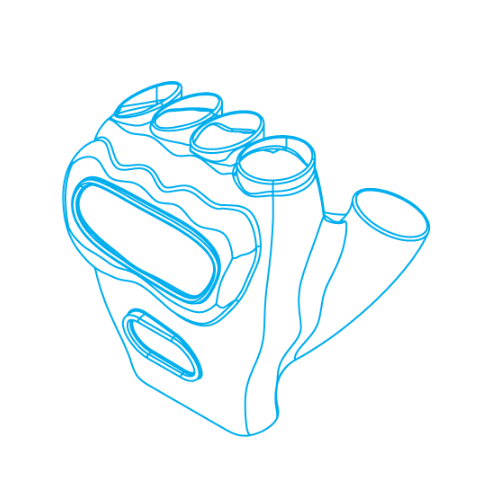
Handy
The project aims to make a two-part wearable electronic gadget encompassed in a belt and wristband.

